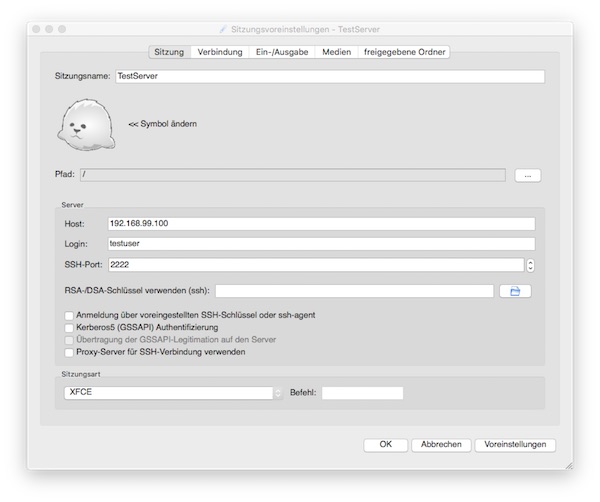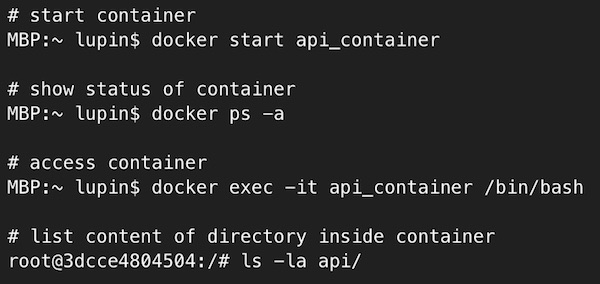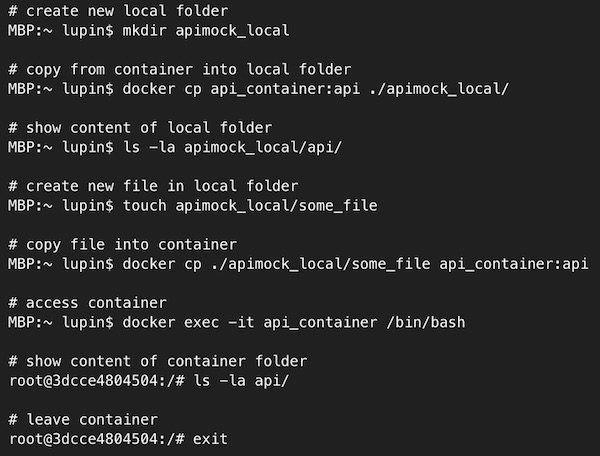Today a tutorial for creating a Alpine Linux VM with VirtualBox. The only limitation is that VirtualBox is already installed. Furthermore, all of the steps are performed in the terminal (without VirtualBox-GUI).
Creation of VM
# change directory $ cd VirtualBox\ VMs/ # download alpine iso $ curl -o alpine-3.4.3-x86_64.iso http://dl-cdn.alpinelinux.org/alpine/v3.4/releases/x86_64/alpine-3.4.3-x86_64.iso # checksum sha1 (optional) $ openssl sha1 alpine-3.4.3-x86_64.iso # create new directory $ mkdir AlpineVM # create storage medium for VM $ VBoxManage createhd --filename ./AlpineVM/AlpineVM.vdi --size 8192 # list available OS types (just for fun and good to know) $ VBoxManage list ostypes # register new alpine VM $ VBoxManage createvm --name "AlpineVM" --ostype Linux26_64 --register # configure system settings of alpine VM $ VBoxManage modifyvm "AlpineVM" --memory 1024 --cpus 1 --acpi on --pae off --hwvirtex on --nestedpaging on --rtcuseutc on --vram 16 --audio none --accelerate3d off --accelerate2dvideo off --usb on # configure boot settings of VM $ VBoxManage modifyvm "AlpineVM" --boot1 dvd --boot2 disk --boot3 none --boot4 none # modify a storage controller (IDE) $ VBoxManage storagectl "AlpineVM" --name "IDE" --add ide # modify a storage controller (SATA) $ VBoxManage storagectl "AlpineVM" --name "SATA" --add sata # add storage medium to VM $ VBoxManage storageattach "AlpineVM" --storagectl "SATA" --port 0 --device 0 --type hdd --medium ./AlpineVM/AlpineVM.vdi # add alpine iso $ VBoxManage storageattach "AlpineVM" --storagectl "IDE" --port 1 --device 0 --type dvddrive --medium alpine-3.4.3-x86_64.iso # start alpine VM $ VBoxManage startvm "AlpineVM"
Basic Alpine installation
# after login as user "root" (passwordless) # run setup $ setup-alpine >>> keyboard layout: "us" keyboard variant: "us" system hostname: "localhost" initialise interface: "eth0, dhcp, no manual setup" enter root password timezone: "UTC" HTTP/FTP proxy URL: "none" Detect and add fastest mirror: "f" SSH server: "openssh" NTP client: "chrony" install to disk: "sda" install type: "sys" erase & continue: "y" <<< # shutdown system $ poweroff
Note: if you have an answers file you can do…
# download answers file $ wget http://<uri>/<answers file> # configuration via answers file $ alpine-setup -f <path/to/answers file>
Remove medium (ISO)
# remove alpine iso $ VBoxManage storageattach "AlpineVM" --storagectl "IDE" --port 1 --device 0 --type dvddrive --medium emptydrive # start VM $ VBoxManage startvm "AlpineVM"
Update Packages and install VirtualBox additions
# change directory $ cd /etc # enable repositories $ vi apk/repositories >>> #/media/cdrom/apks http://liskamm.alpinelinux.uk/v3.4/main http://liskamm.alpinelinux.uk/v3.4/community http://liskamm.alpinelinux.uk/edge/main http://liskamm.alpinelinux.uk/edge/community http://liskamm.alpinelinux.uk/edge/testing <<< # update and upgrade system $ apk update && apk upgrade # install virtualbox additions $ apk add virtualbox-guest-modules-grsec virtualbox-additions-grsec # reboot system $ reboot
Optional steps
# install vim $ apk add vim # change directory $ cd /etc # modify sshd (manual) $ vim ssh/sshd_config # restart sshd $ init.d/sshd restart # modify network interfaces (manual) $ vim network/interfaces # restart network $ init.d/networking restart




